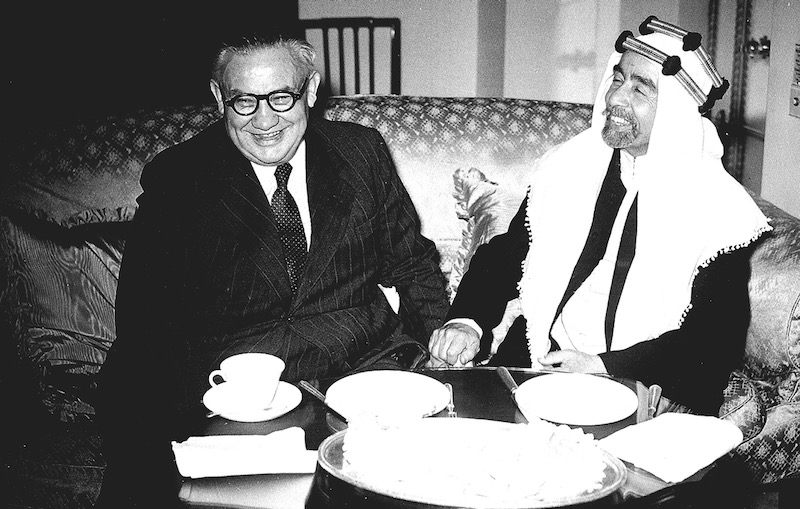Clever Andrew Adonis. He has produced a book on Ernest Bevin that is highly relevant to our politics today, while providing newcomers with all they need to know about this outstanding trade union and political figure. Andrew is a free spirit – no political party has held his commitment for long – and this study holds crucial lessons for a Labour revival under Keir Starmer.
Once the election landslide was declared, Boris thanked ex-Labour voters for lending him their support. This volume on Ernest Bevin helps explain why so many of those so-called Labour “red-wall” seats fell to the Tory advance.
Labour’s catastrophic defeat had, I believe, two causes. The first was that the electorate had, by the time they set off to the ballot box, a much clearer view of Jeremy Corbyn than they had two years previously, and of what a Labour government might be like under his premiership. Many Labour voters regarded the Tory candidate as preferable to a Corbynite.
This threat has now been totally removed. Labour has a leader who looks like a Prime Minister. This is a huge step forward. But there was another major reason why many Labour voters switched. The Party under Tony Blair and Gordon Brown had forgotten, in a fit of absentmindedness, that it needed the support of most working-class voters if it was going to win. Many of the red-wall ex-Labour voters thought that Labour had grown away from them, their interests and their wellbeing.
As Adonis explains, Bevin, the outstanding Labour representative, was, in the inter-war years, not only the most exceptional trade union leader this country has ever produced, but was living a middle-class lifestyle, just like so many in New Labour. But no one criticised Ernie as a suspect traitor. Why was it then that working-class voters still saw Bevin as their representative once he joined the Churchill coalition government in 1940 and led with Attlee the Labour government in 1945? As Adonis explains, Bevin might have lived an openly middle-class life but the mass of working-class voters still saw him as the true guardian of their interests. These voters knew that, in his gut, Bevin felt he was their representative, that his sympathies were on their side and that he would forever push their interests in any settlement to which he was party. While Bevin was at the top, Labour voters knew the party would never desert them.
Is there anyone at the top of the Labour team now who could fulfil this crucial Bevin role of ensuring the full representation of working-class interests at the centre of Labour’s power structure? I believe there is, and that person is Labour’s deputy leader, Angela Rayner. Like Bevin, she has not only a first-class mind, but has a Labour life story to tell. Like Bevin, she was educated in the university of the real world. Like him, her way of thinking could not have been improved by the university degree. Here is a young single parent who by sheer effort, ability and willpower has risen to the top of the Labour tree. If Labour is to succeed in winning back working-class red-wall voters, they won’t be do it by slumming, crude talk and promises. They’ll do it by ensuring that the issues that trouble working-class voters will be central to their interests, and that they won’t let class interests be derailed by cultural ones. Angela will be the genuine article to take the fight back to them. Most working-class voters can recognise the real article when they are offered it, and she needs to be their representative as Labour begins the journey to remake its programme.
Ernest Bevin: Labour’s Churchill, by Andrew Adonis. (Biteback, 368 PP, £20)



 Loading ...
Loading ...
What do you think?
You can post as a subscriber user ...
User comments (0)